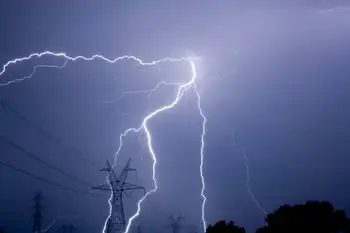ERCOT eyes 3 billion in transmission line projects
TEXAS - The Electric Reliability Council of Texas said that utilities and other transmission providers in the region plan to add 2,538 miles of new transmission lines over the next five years at a cost of about $3 billion.
The annual transmission planning report, which covers the 2008-2012 period, is similar in many ways to the report ERCOT issued in January 2007. Then, ERCOT projected that $3.1 billion would be spent on new transmission lines and related projects in the 2007-11 period.
The report includes several 345-kV transmission-line projects that have been under develop Clear Spring to Salado that will be energized in 2010-11, and an 198-mile project from Red Creek to Killeen that will come online in 2012.
Planned improvements identified for the first time in 2008's five-year plan, ERCOT said, include a 22-mile, 345-kV line from Nacogdoches to Lufkin in eastern Texas; a 345-kV switching station in northwest Houston to increase the ability of the grid to transport power between northern Texas and the Houston area; and additional autotransformer and 138-kV line upgrades in the Dallas/Fort Worth metropolitan area.
The reliability council said two new 345-kV lines and a new 345-kV switching station were included in the West region plan "due to the approximately 6,500 MW of wind generation that is installed or has completed an interconnection agreement in the West congestion management zone."
ERCOT added, however, that these West zone upgrades "may be superseded by the transmission lines that are ordered as a result of the Competitive Renewable Energy Zone process underway at the Public Utility Commission of Texas." The PUC is expected to designate the final CREZ transmission projects in mid-2008.
Related News

Over 30% of Global Electricity from Renewables
EUROPE - A recent report by the energy think tank Ember marks a significant milestone in the global energy transition. For the first time ever, according to their analysis, renewable energy sources like solar, wind, hydro, and geothermal now account for more than 30% of the world's electricity generation. This achievement signifies a pivotal shift towards a cleaner and more sustainable energy future.
The report attributes this growth to several key factors. Firstly, the cost of renewable energy technologies like solar panels and wind turbines has plummeted in recent years, making them increasingly competitive with traditional fossil fuels. Secondly, advancements…




